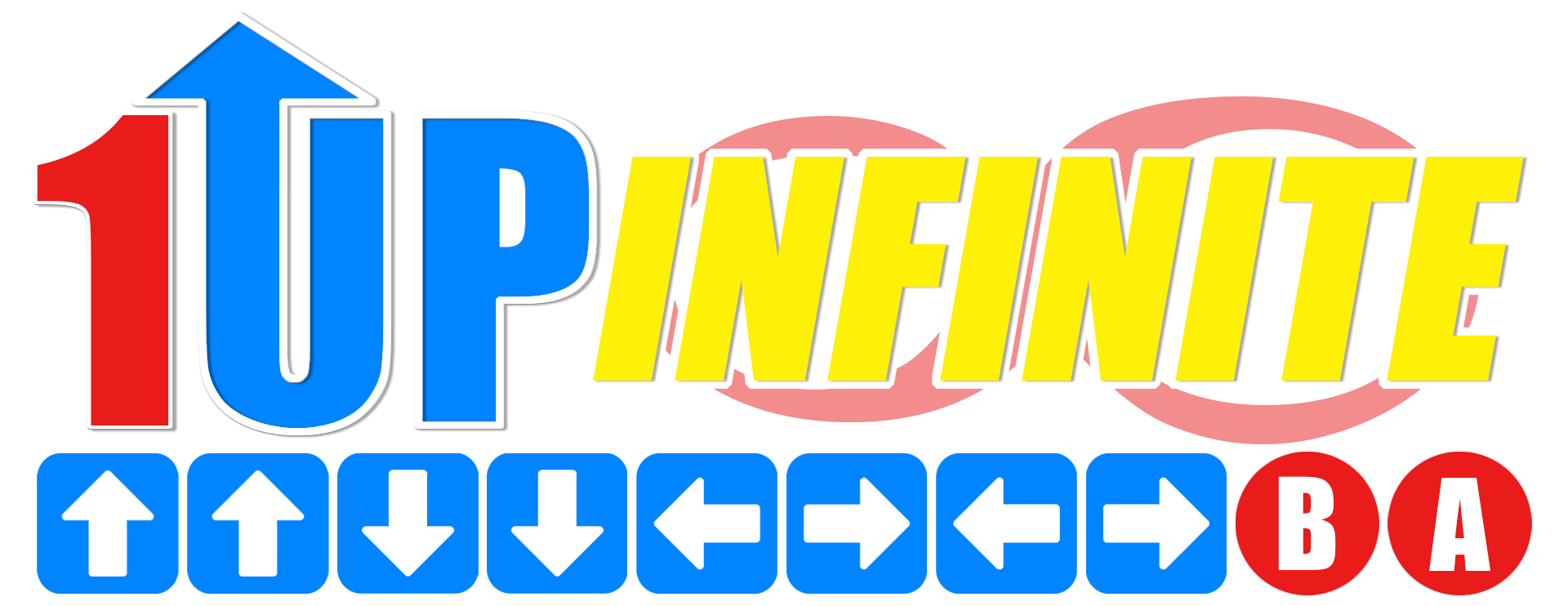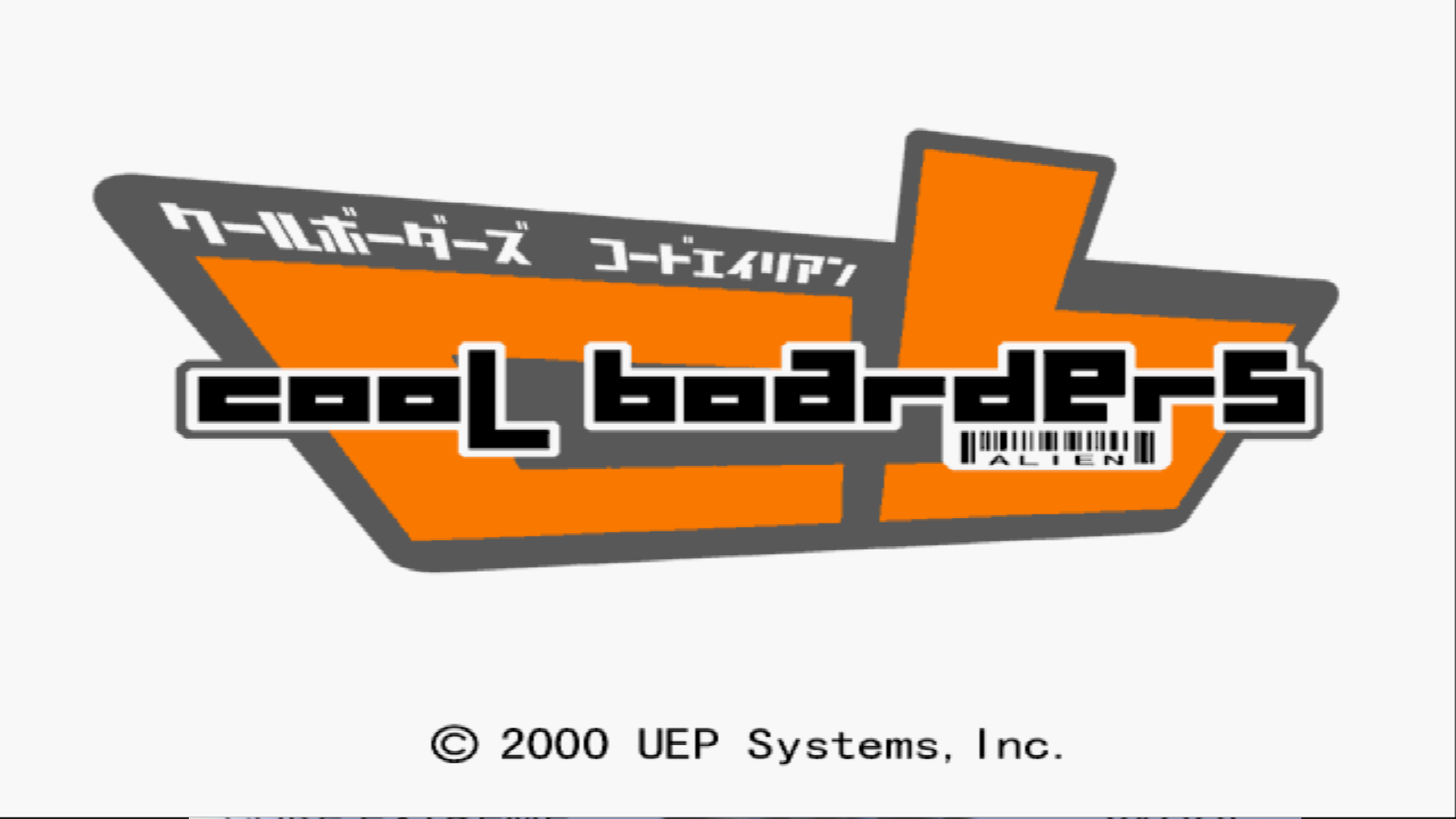Cool Boarders: Code Alien
Yesterday’s featured game was Cool Boarders 2, a classic arcade snowboarding title that was partially fueled by nostalgia and kept things on brand for the Winter season. What I got out of it were answers to mysteries that my childhood had pondered for years. I figured out the weird Grind system, discovered hidden outfits that somehow made it through the ESRB, and even solved the mystery behind the CPU riders. It was an interesting journey back in time, but it led me to one of the most obscure PS2 titles in Sony’s library — Cool Boarders Code Alien.
Code Alien was released on December 21st, 2000, missing the Japanese PS2 launch date by nine months. As one of the PlayStation 2’s early titles, this was meant to be a heartfelt homecoming for UEP Systems. The last title released by the developers was Rising Zan: The Samurai Gunslinger a year before in 1999, but the Cool Boarders series expanded on other consoles including the Sega Dreamcast and Neo Geo Pocket.

In America, Sony held the license for the western audience and the following Cool Boarders titles were developed in-house. Cool Boarders 3 and 4 were released on PlayStation to a lukewarm reception. Fans of the original two games felt like the following games lost the original flavor that UEP Systems provided. Coincidentally, Sony would double dip as fans of the Twisted Metal series had felt that 3 and 4 were vastly different from the original two titles.
If I had a nickel for every beloved series that Sony had decided to go “hands-on” at the time, I’d have two very shiny ones. While Twisted Metal would return to the original developers, Cool Boarders would remain under Sony’s licensing. This meant that Cool Boarders Code Alien was cemented as a “Japan-only” exclusive, which was a shame as I’d consider this the true successor to Cool Boarders 2. UEP Systems utilized what they learned from CB2 and Rippin Riders and give it their all for the series’ Swan Song.

Upon starting the game, Code Alien feels familiar as the announcer name-drops the developers, followed by an intro that combines real snowboarders and gameplay much like Cool Boarders 2. The song featured in the intro is "Self Destruct" by Suicidal Tendencies, offering players a preview of the game's soundtrack. Code Alien offers a groovy yet heavy Punk soundtrack similar to the American release of Cool Boarders 2. The menu system this time around features a fictional Snowboarding magazine, with each page representing a new menu.
For late 2000s standards, it's a pretty neat aesthetic that fits well for the early PS2's life cycle. There are various modes with many returning from Cool Boarders 2. The trick contest and half pipe returns as well as freestyle and competition. Competition Mode is known as Snowboarding Combined, which was the original name for the Japanese release of CB2. All four characters from Cool Boarders 2 return with a unique makeover, some subtle and others a total 180 from before. Irin and Jin are kept relatively the same while Cindy dyed her hair red and Yaggi grew out a goatee.

All of the returning characters appear and sound older, with a hint of personality added to them. They speak lines of dialogue when passing other riders and getting passed as well, sort of like Mario Kart. What's funny is that they oftentimes shout expletives when they bail. Hearing Irin yell "Oh S---!" when she tumbles is hilarious when you realize that she was the youngest rider in the previous games. S--- happens I guess.
They are also joined by three newcomers, A kid named Mikey, a biker named Hone, and the obligatory fat American...aptly named Tub. There are three unlockable characters and if you think any of their names are Kelly, Jicchi, and Nick, you'd sadly be wrong. Boss returns as an unlockable character alongside two extra bonus characters similar in fiction to the Alien and Snow Man in previous games. Unlocking these characters is done via Snowboarding Combined, which plays similarly to that of Cool Boarders 2.

Each round is split into two stages, a Trick stage that serves as qualifying and a Speed stage, which is the race itself. The player's position depends on how well they scored during the first stage, but in the early tournaments placement isn't as dire as Cool Boarders 2. Code Alien uses a simple point system instead of players needing to meet a certain number of points to make it through to the next round. This makes winning a Snowboarding Combined tournament lenient compared to its predecessors. During the trick stage, various courses are added to mix things up including a trick course, rather than exclusively using Big Air events.
Code Alien's racing is a complete overhaul from Cool Boarders 2 as the boarders are far easier to control. This is also thanks to the course being very wide, with enough traction to cover as opposed to the tight claustrophobic courses in the previous title. Whether or not this is better is purely subjective. While I enjoyed the high-speed frenzy that CB2 provided, I can respect the chill snowboarding experience of Code Alien. One thing that the game has the original beat is in its graphics.

Gone are the 1997 block polygonal models; Each rider looks distinguished from the other, with lighting and snow effects within the environment. As this was a launch title, things like hair and clothing fabric flapping in the wind were mandatory to exemplify how advanced the PlayStation 2 was at the time. It was a simple era and a beautiful one.
After completing Snowboarding Combined, you are treated to the game's end credits and a screen that encourages the player to obtain their bronze license. Bronze license? "What do you mean by 'license'?" You may be wondering to yourself. As one can expect from reading this, Cool Boarders Code Alien does indeed have a License mode.

Worse, it behaves just like Gran Turismo's License Center. A large portion of the game is locked behind various licenses, ranging from Semi Bronze, Bronze, Semi Silver, Silver, Semi Gold, Gold, and Platinum. Each license has 8 tests that require the player to reach a "Pass Score" in order to move on.
There are four different targets. The red target requires the player to collect and blue C's means the player needs to crouch by holding the Circle button. Yellow B's mean the player needs to press the R1 to Block through and the green Tricks mean the player needs to trick while collecting. Some also require the player to do a specific trick on top of meeting the goal in order to clear the lesson. This does bring up a glaringly huge drawback for those who rely on modern methods outside of the original PlayStation 2 to play the game.

Cool Boarders Code Alien was truly a launch title game in spirit, aside from the waving of loose fabric to show off the PlayStation 2's graphical engine capability. It also utilized the PlayStation 2's "pressure sensitive" buttons, as a selling point of the Dual Shock 2 was the ability to separate inputs between a 'tap' and a 'hold'. Code Alien's trick system was simplified from Cool Boarders 2 as each trick had a "tap" and a "hold" variant. For example, simply taping "R1" or "R2" in the air would result in a Shifty. Holding "R1" and "R2" will give a Shuffle. Tapping forward and R1 will give an Indy, yet holding R1 will tweak it into an Indy Nosebone.
It's easy to follow, but there lies the elephant in the room. Although PS2 emulation has come a long way, it still has a long way to go in implementing "pressure" controls. By default, no matter whether the player taps or holds the shoulder buttons, the tweaked version of a move will always come out. There are workarounds, but it becomes a puzzle in figuring out how to manipulate the emulator in doing what would be the bare minimum on actual hardware. I'm far from a purist and I am merely speaking from the perspective that most players would discover Cool Boarders: Code Alien. This is also why preservation matters, but this is quickly veering off the ridge.
Regardless, I didn't make it far enough in the game to see all Code Alien had to offer and the game is so niche that there are no game saves available. At the time of this writing, information about this game remains scarce, but it is possible for curious players to have a go at the game themselves. Despite being a Japanese-only release, very little Japanese is required to play the game if at all. Mostly everything the player needs to learn is shown rather than told and the controls are fairly simple to pick up and play.

Reception for this game was mixed, with fans generally praising the nostalgic trip that UEP Systems provided. It improved on its predecessor in every way, yet some fans questioned if it would stand the test of time compared to its competitor. Cool Boarders Code Alien was released early in the PlayStation 2's life cycle, but not early enough that a certain Snowboarding game would forever change the landscape of what a Snowboarding game should be.
Code Alien was released two months after the original SSX in Japan and SSX was already taking the world by storm. What was once a trendsetter for snowboarding games was now lost in time and Code Alien would be the final game UEP Systems would create before the studio closed down. It wasn't all doom and gloom as most of the former members of UEP Systems would gather together for a "Swan Song." Together with Activision, several remaining members formed Dear Soft, whose only credited work was as developers for Shaun Palmer's Pro Snowboarder.

The director of the Cool Boarders series, Masaya Kobayashi, would join Bandai Namco shortly after as a director and producer for several of their larger projects. These games include R Racing Evolution and Ridge Racer PSP including Ridge Racer 6 and Ridge Racer 7 so to speak. Oh, not to mention one of the executive producers for Tekken 7 and Soul Calibur 6. His last credited role was as a producer for God Eater 3 in 2018 so it's uncertain if he's still with Bandai Namco. Still, moving on to directing some of the biggest games in the biggest series for one of the largest brands is an astounding feat.
In many cases, the Cool Boarders series is a relic in a player's growth as a gamer (for those who played since the beginning) as well as the development team that worked on it. While Western fans wouldn't get a chance to play the final Cool Boarders title by name only, it's great to see how many of the former staff moved on to remain a fixture within the gaming industry. Cool Boarders Code Alien is definitely a game to try out if only to see what happened to the series as it had its silent departure in Japan.

